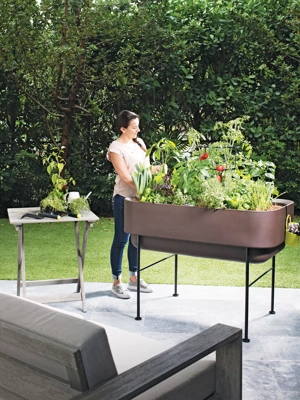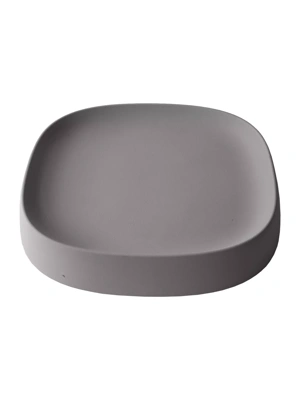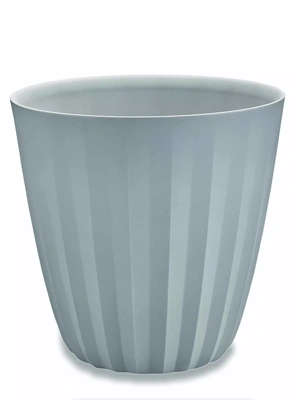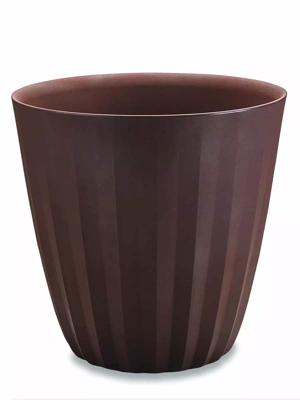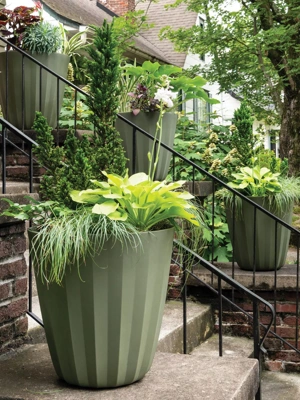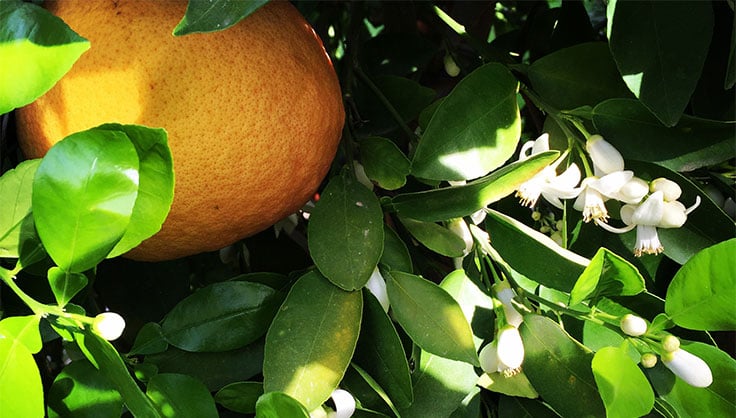Caring for a Wilson Olive Tree
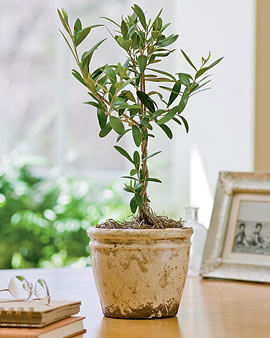
The Wilson olive tree is a slow-growing variety with a decorative braided trunk. It can grow in a container for many years. It can also be planted outdoors in the spring in zones 9 to 11. If you keep the tree in a container, we recommend adding our Container Booster Mix once a year.
Care Upon Arrival
Upon arrival, check the soil around the roots to make sure it's moist. If it's dry, water the soil until it's thoroughly moist but not soggy. Do not let the soil dry out at any time.
General Tips
Keep the potted plant in a sunny location. The potted olive tree can remain indoors or be moved outdoors after all danger of frost has passed. Slowly acclimate the plant to outdoor conditions by placing it in a sheltered location (light shade, out of the wind) for a few weeks before moving it to a full-sun position.
When roots begin to grow out of the bottom of the container it's time to repot. Do not re-pot your olive tree more than necessary. Always re-pot to a pot that is just slightly larger.
Watering:
Deep watering once a week is far better than frequent light watering. Thorough watering encourages deep root growth, making the plant less susceptible to drought stress. Be sure to water regularly during the summer. Water more frequently during dry weather to keep the leaves from wilting.
Fertilizer
We recommend adding a seaweed extract, such as our Kelp Meal every two weeks during May through September to ensure the tree stays healthy and vigorous.
Pruning:
Olive trees can be easily pruned to maintain the size and habit required with light, pruning in mid-spring and heavier trimming in early to midsummer. Never prune during the winter and be cautious in the autumn: like many Mediterranean trees, olives need some heat and recovery time to heal wounds before the dormant winter period.
Planting Outdoors in Zones 9-11
Plant the olive tree in full sun in well-draining soil that will not become waterlogged during the wetter parts of the year. Olive trees are tolerant of both acidic and alkaline soils. For sandy soil, it is best to add compost at planting time to help build up the nutrient- and moisture- retaining quality of the soil.
Before planting, dig a test hole about 24 inches in diameter by 12 inches deep. Fill the hole with water. If the water has not drained after one hour, amend the soil to improve the drainage or select another location.
Dig a hole twice as wide but only as deep as the root ball of the tree. Place the top of the root ball level with the surface of the hole. The top layer of roots should be a few inches below the surface. Prune broken or damaged roots, and trim long roots instead of bending them.
When filling in with soil, it is important to water thoroughly, but do not flood, and avoid compacting the soil around the root system. The idea is to remove air pockets, yet keep the soil porous.
Last updated: 09/14/2023
Print this Article:
Related items
Related Articles
Get the Dirt
Stay up to date on new articles and advice. Please fill out the information below.


